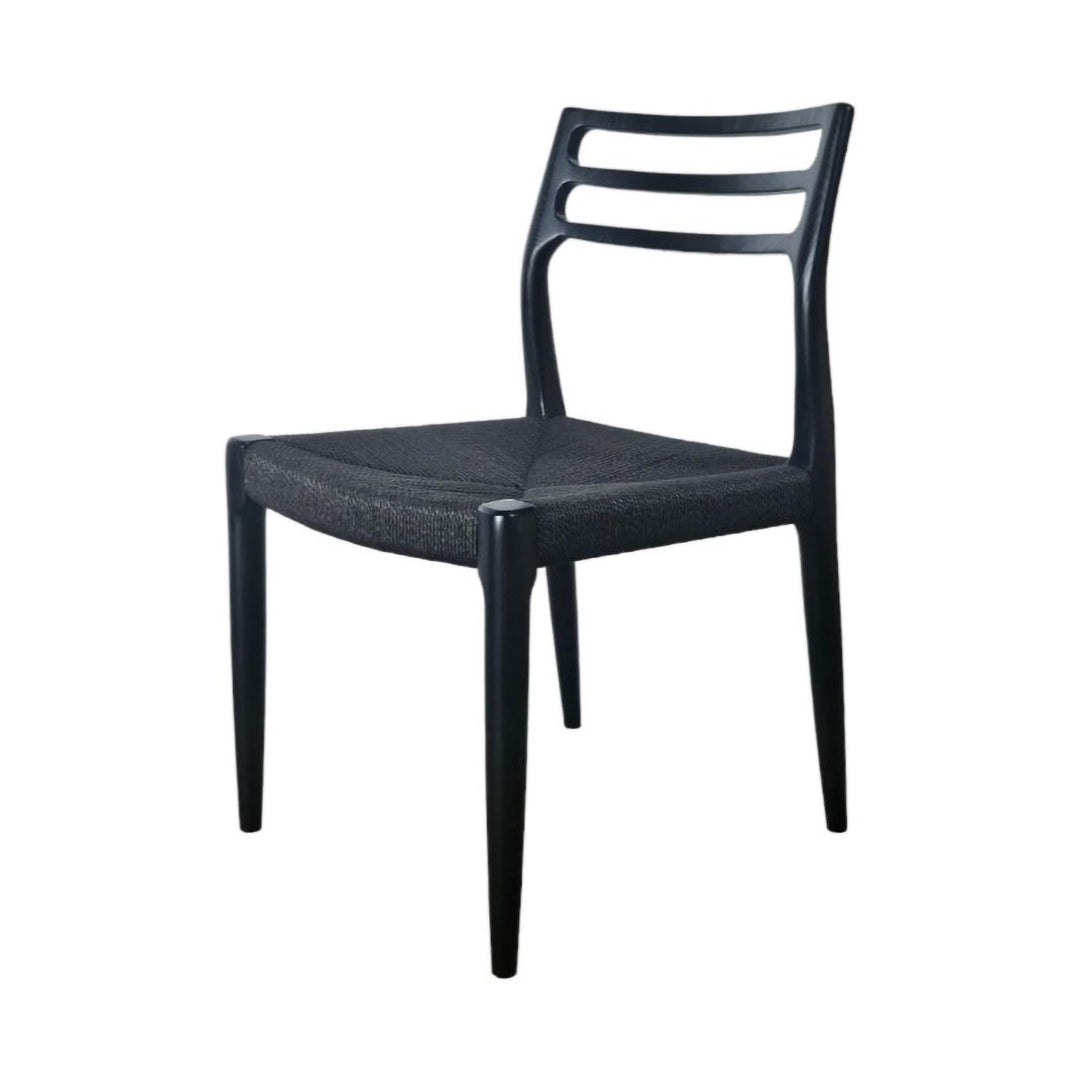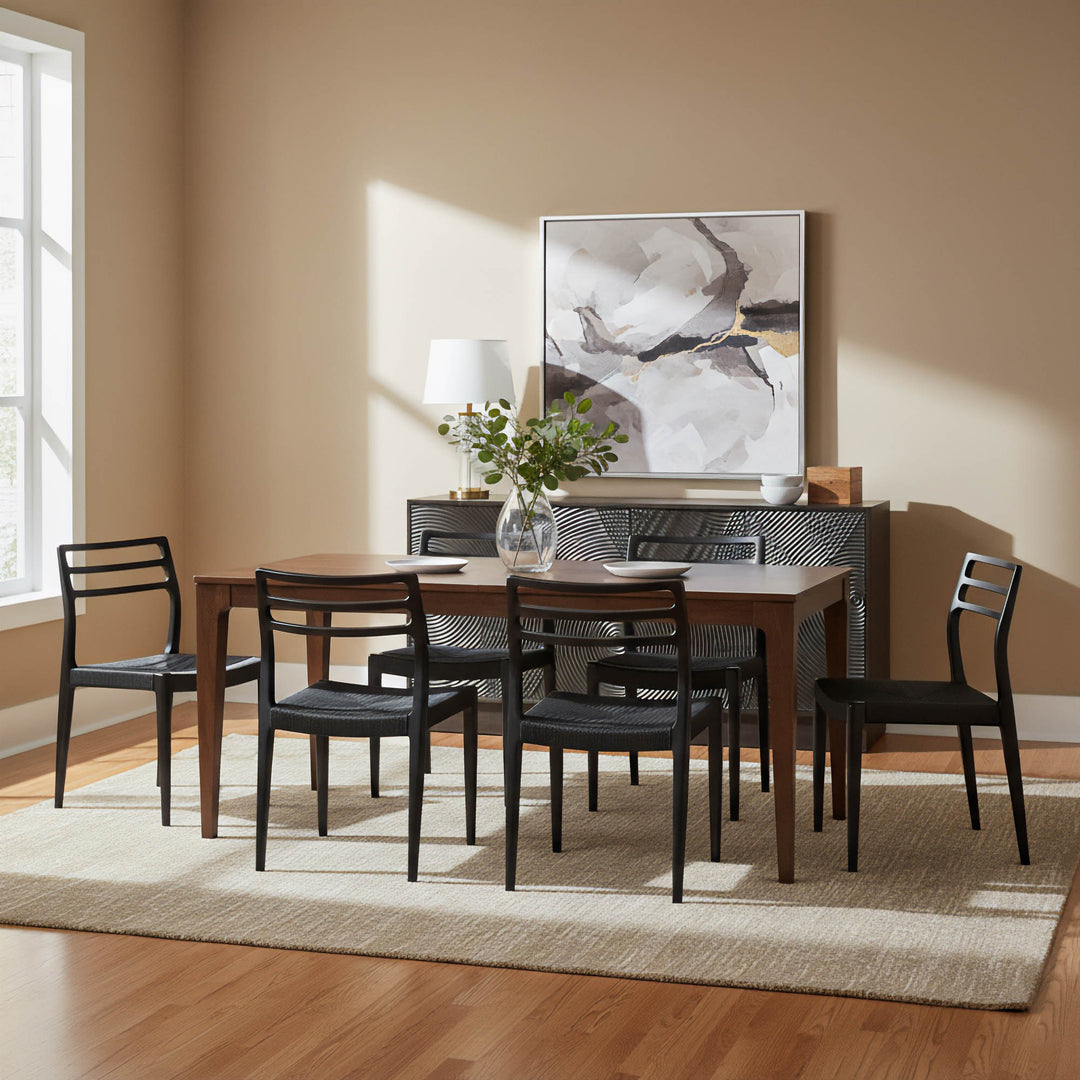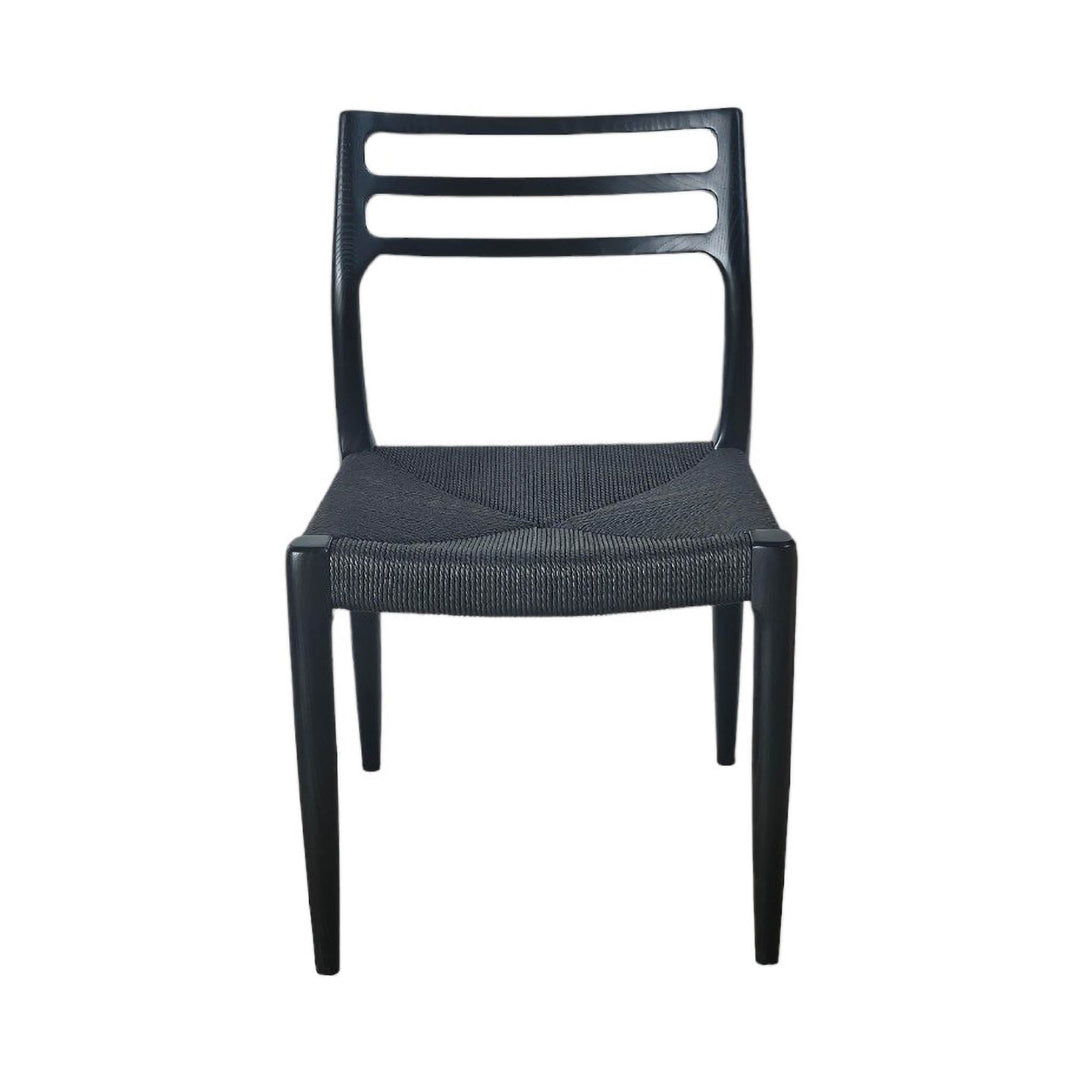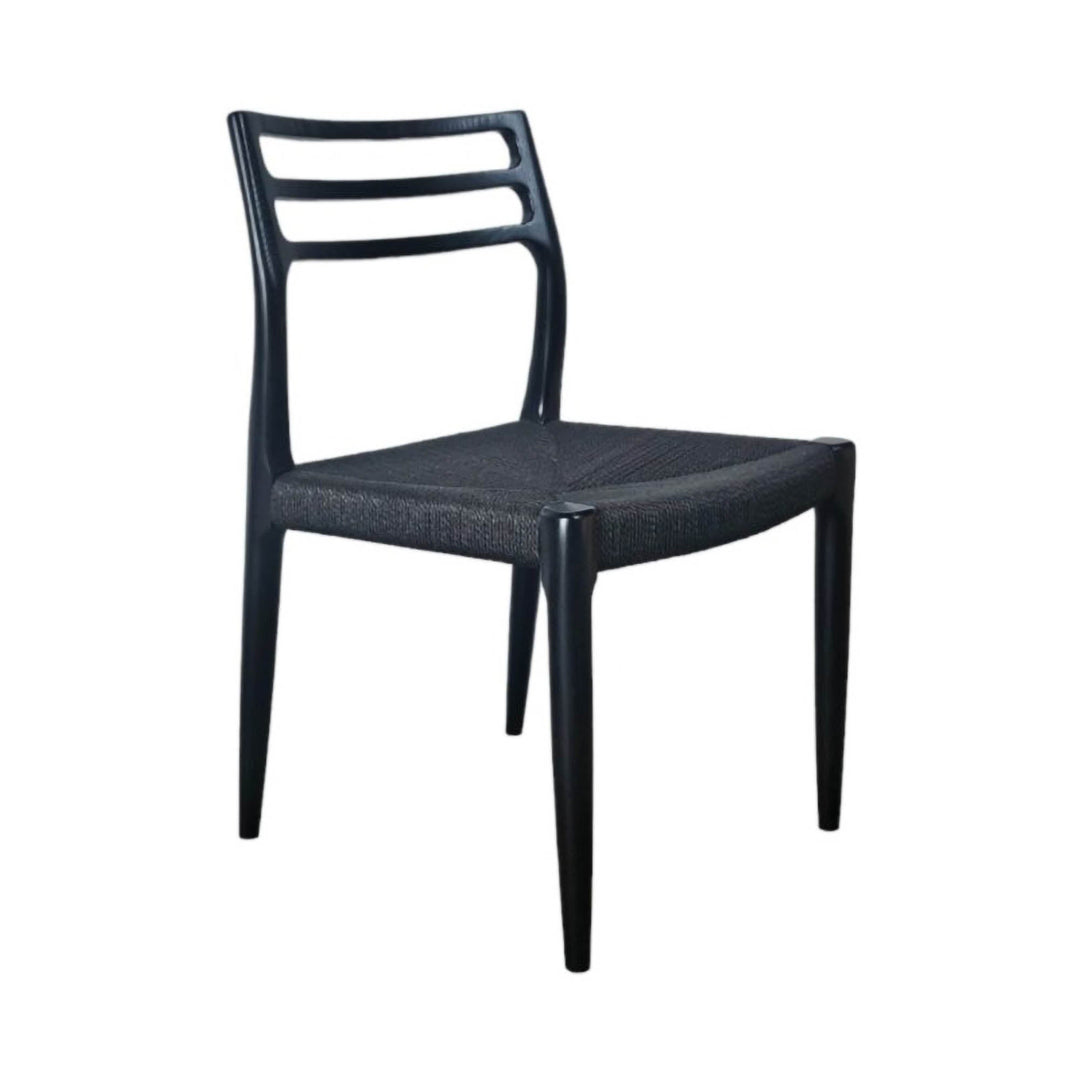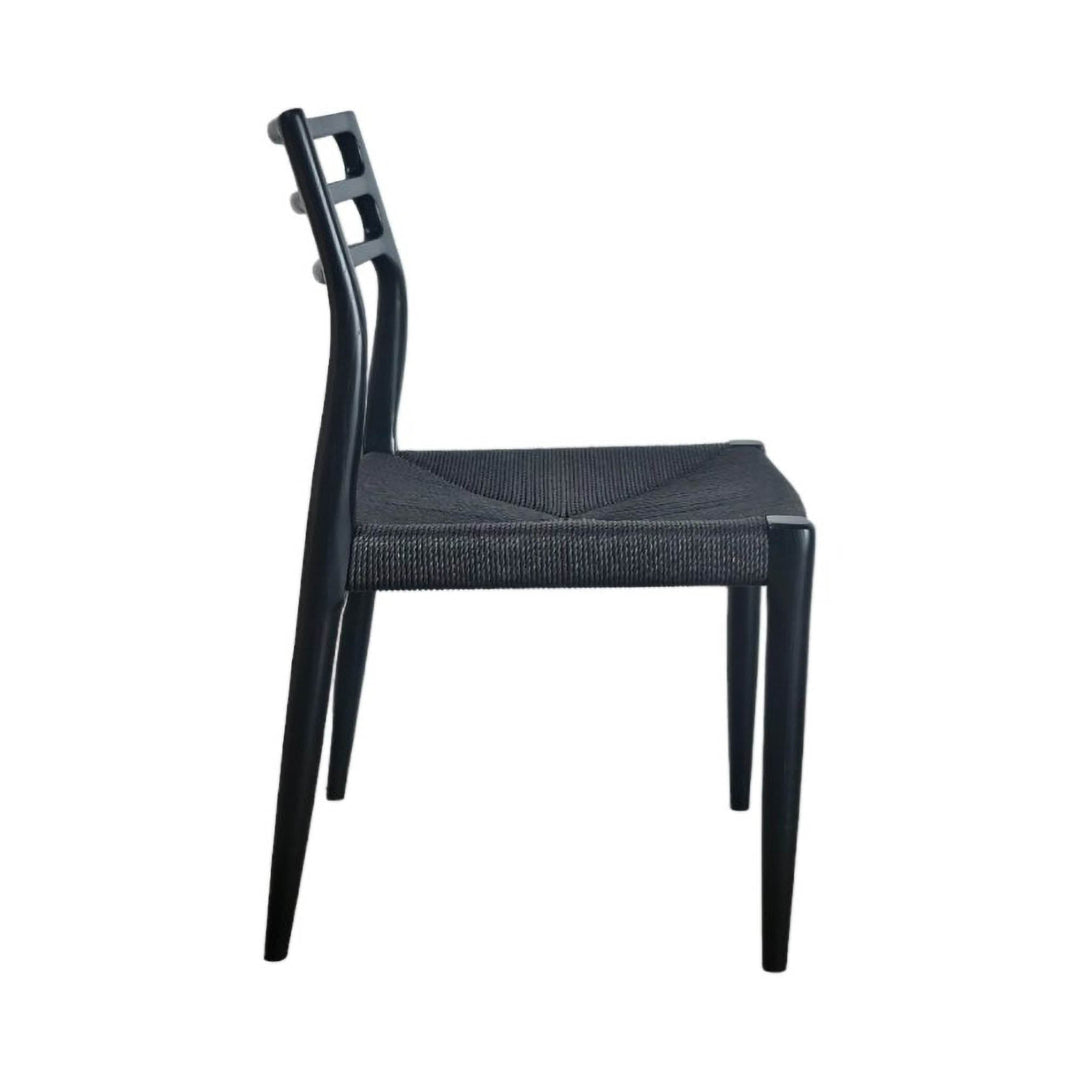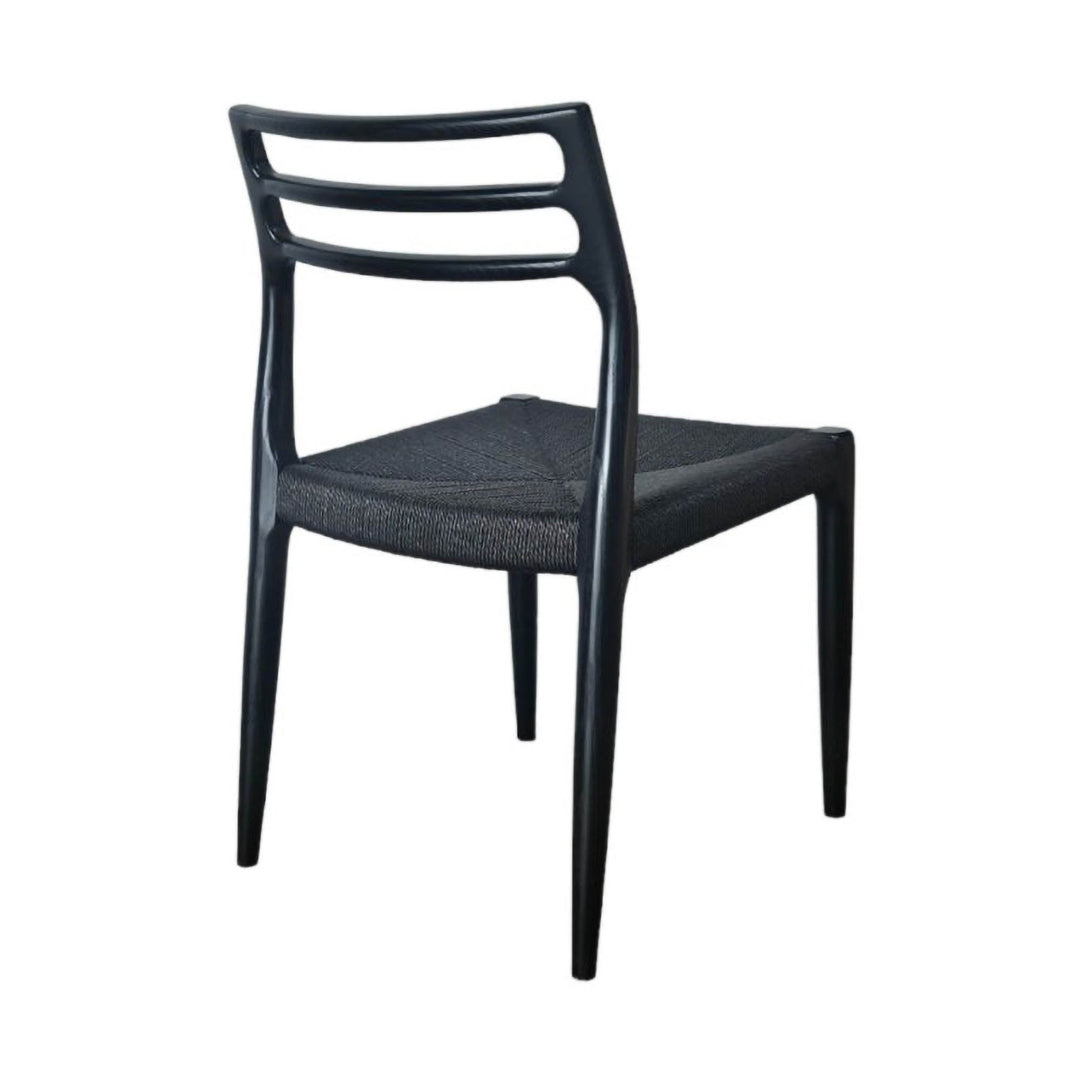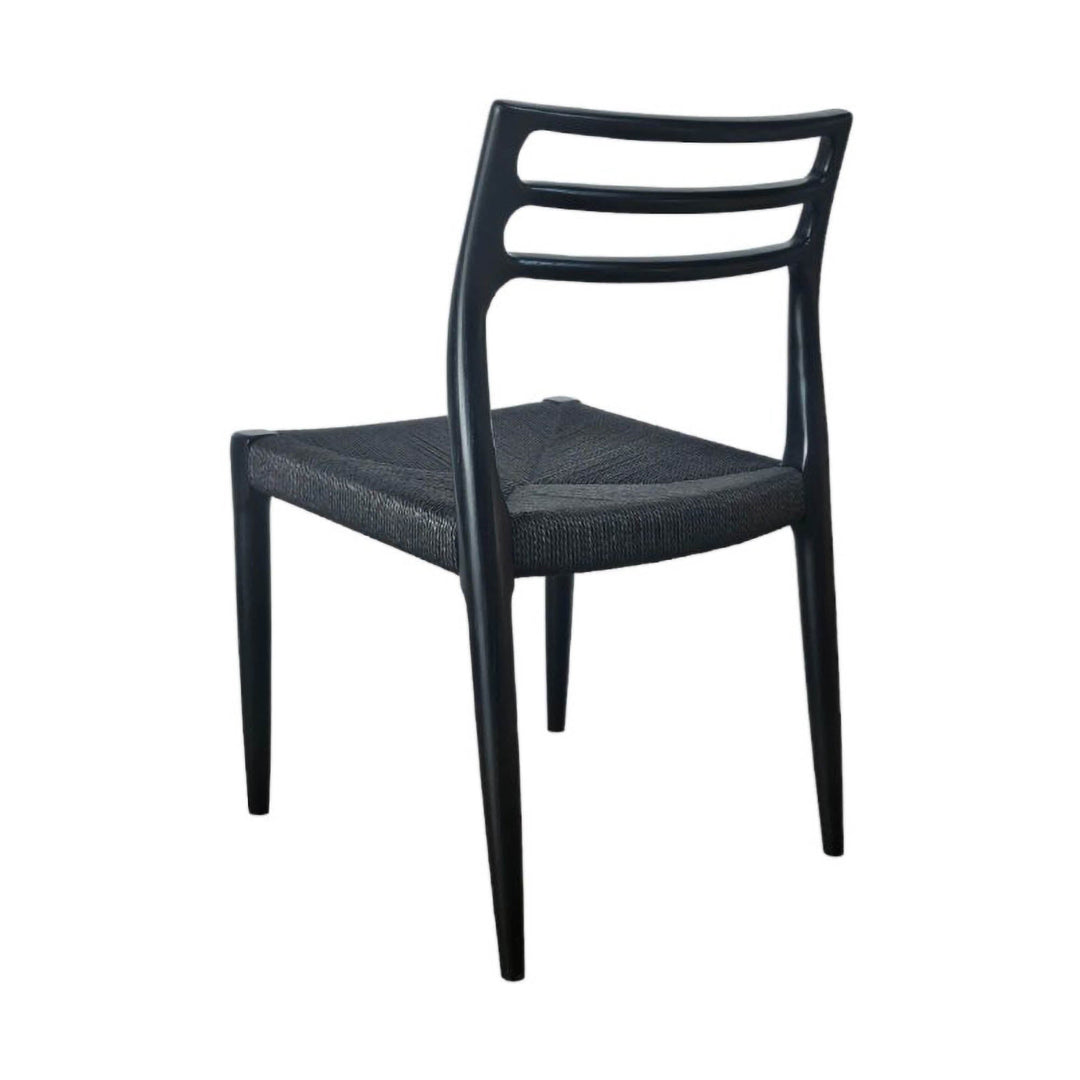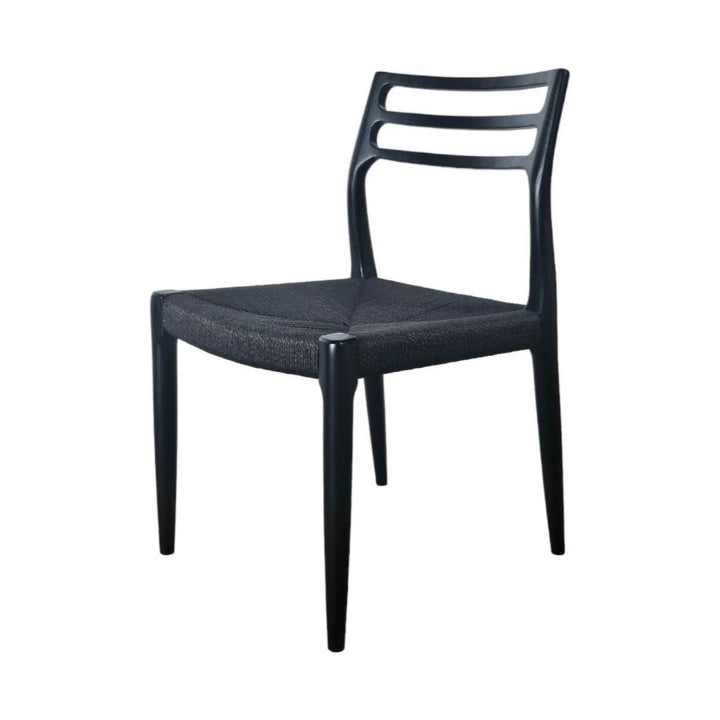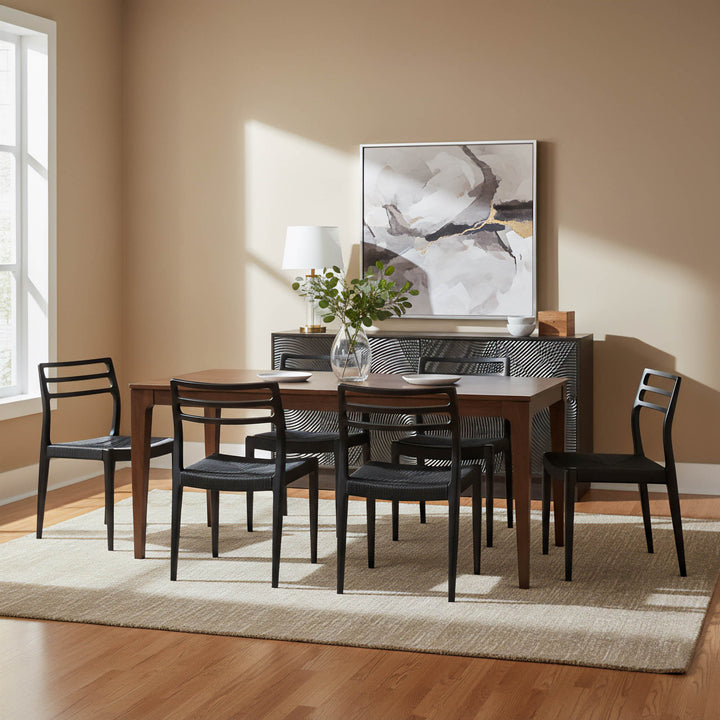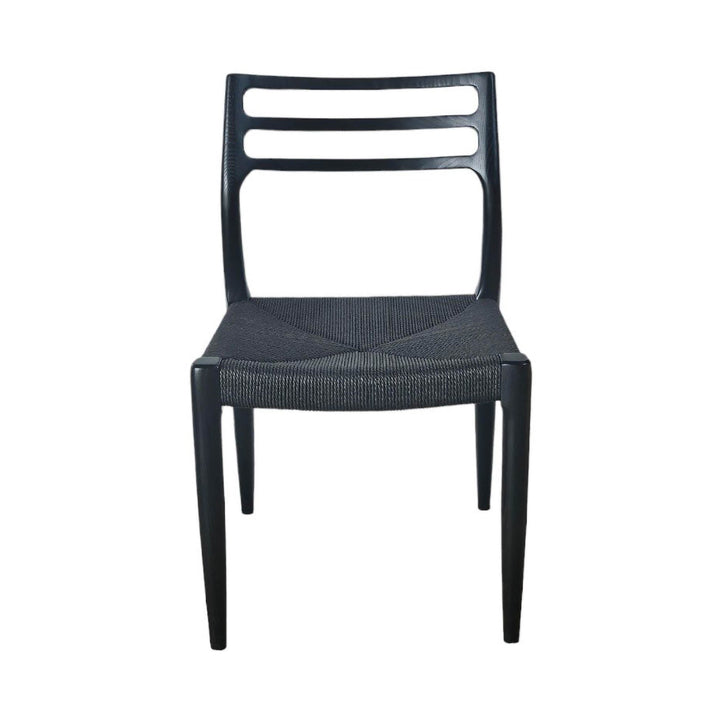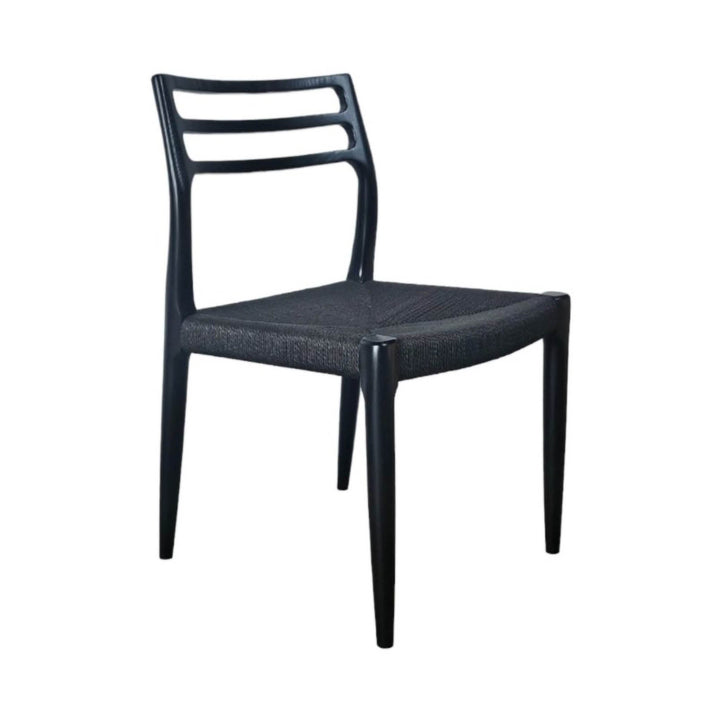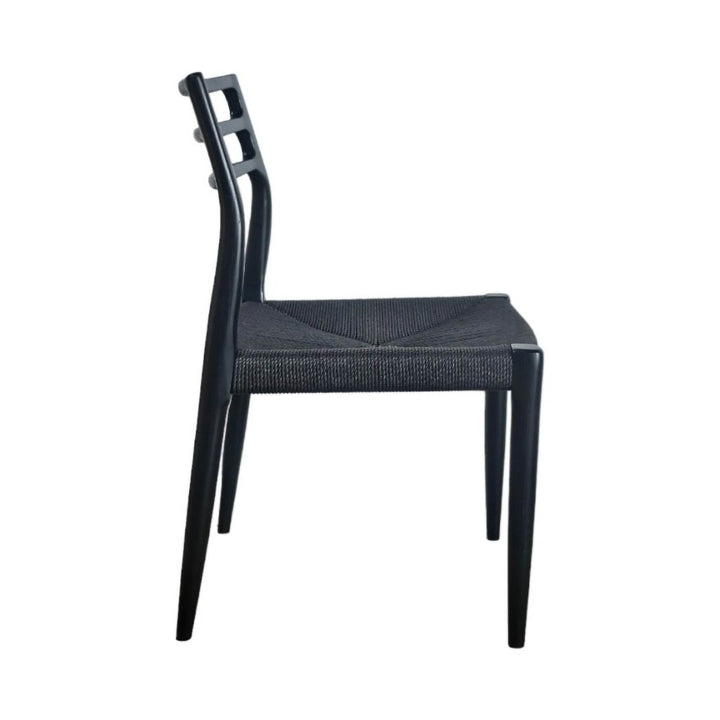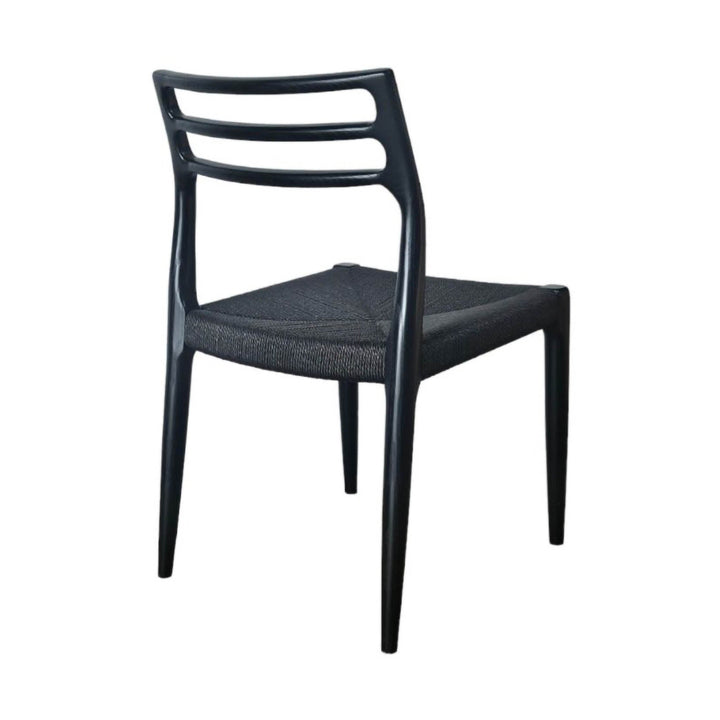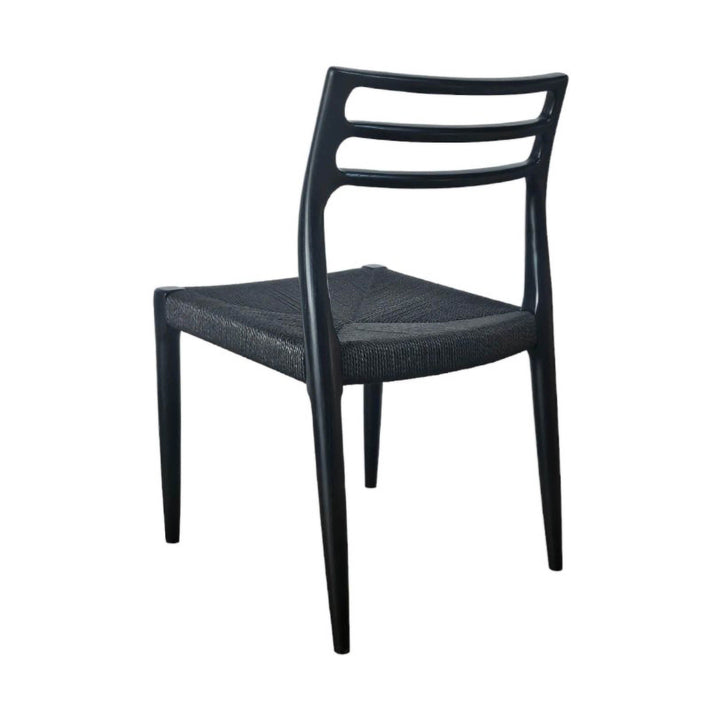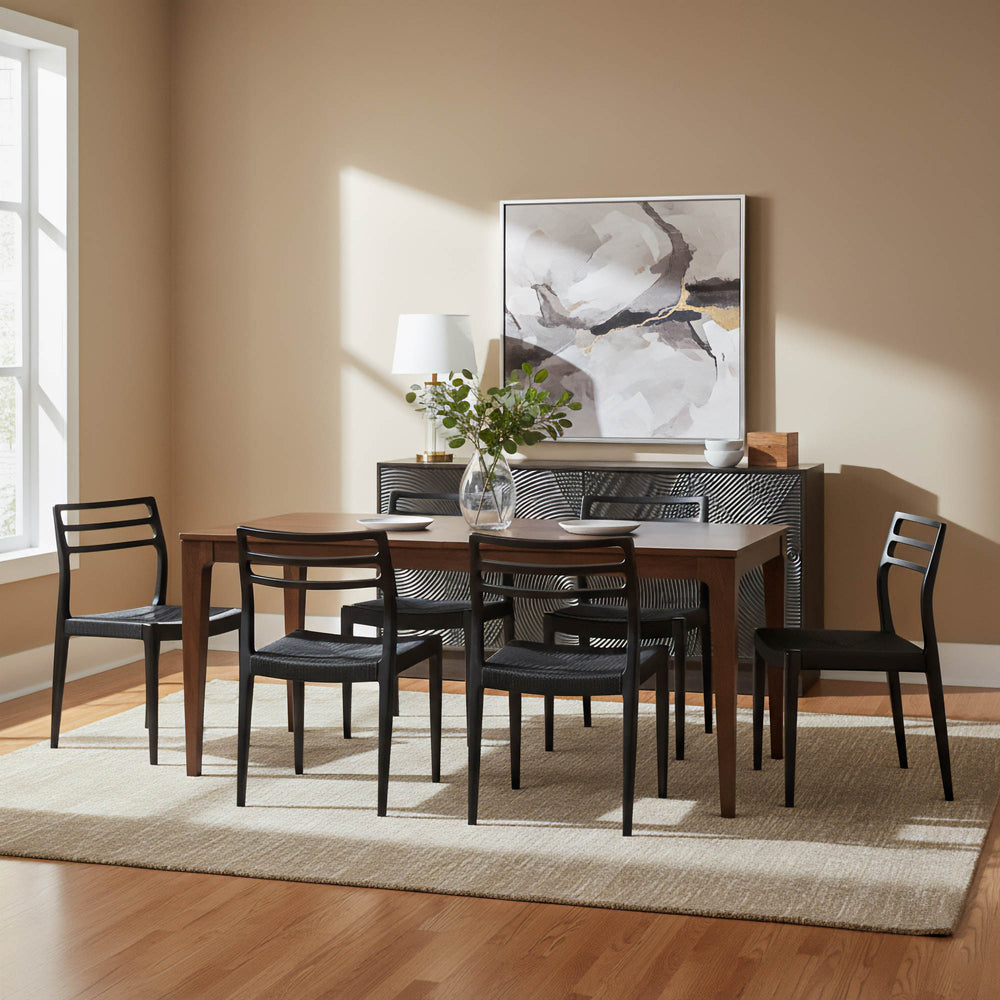-
- Seating - Allegra
- Seating - Austin
- Seating - Bistro
- Seating - Chateau
- Seating - Coachella
- Seating - Continental
- Seating - Custom Upholstery
- Seating - Element
- Seating - Feather
- Seating - Fraser
- Seating - Fritz
- Seating - Java
- Seating - Las Vegas
- Seating - Lounge
- Seating - Lotus
- Seating - Notting Hill
- Seating - Scale
- New Arrivals
- In Stock
- Contract
-
Furniture
-
Collections
- New Arrivals
- In Stock
- Contract


